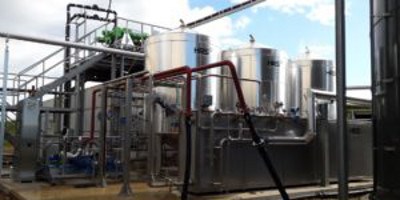Heat exchangers which employ heat recovery or regeneration should not be confused with regenerative heat exchangers, which are a specific type of heat exchanger.
Heat regeneration at HRS is the recovery of as much surplus heat (or cooling capacity) as possible after the primary function of the heat exchanger has been performed. This can then be reused to either improve the efficiency of the heat exchange process or used elsewhere.
The most obvious benefit of improved efficiency is that less energy is required to achieve the necessary level of heating or cooling. In turn, this reduces running costs and also improves the environmental footprint, compared to other exchangers which do not include heat recovery.
The lower initial energy requirement can also make it possible to utilize heat sources or heating media which would otherwise not be feasible.
Alternatively, the improvement in efficiency can be used to provide the same level of heat transfer but in a smaller package. When combined with technologies such as corrugated tubes, heat recovery can enable a heat exchanger to be installed in locations with restricted space or other limited factors.


